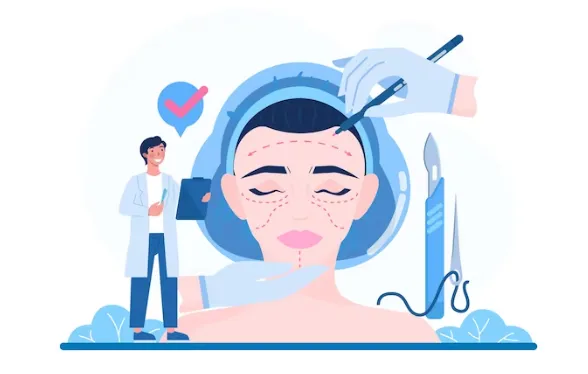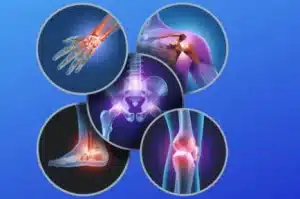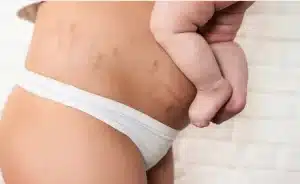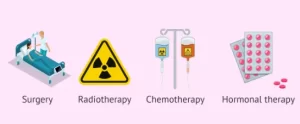Buccal fat removal is a cosmetic procedure designed to enhance facial contours by reducing the fullness of the cheeks. Also known as cheek reduction surgery, it aims to create a more sculpted appearance and improve facial proportions.
The procedure involves the removal of buccal fat pads, which are located in the lower part of the cheeks. While buccal fat serves important functions, such as cushioning and support, excessive fat accumulation in this area can lead to a rounded or chubby facial appearance. Buccal fat removal allows individuals to achieve a slimmer and more defined facial contour.
The popularity of cheek prosthesis surgery has grown significantly in recent years as more people seek to achieve facial balance and symmetry. This procedure offers a permanent and customizable solution for enhancing cheek contours, resulting in a more youthful and attractive appearance.
Types of Buccal Fat
There are two types of buccal fat pads, namely, the superficial buccal fat pad and the deep buccal fat pad. The superficial buccal fat pad lies closer to the skin’s surface and is responsible for the rounded appearance of the cheeks. The deep buccal fat pad, located beneath the superficial pad, provides additional volume and is not typically targeted during buccal fat removal. Understanding these two types’ of distinctions is essential for achieving the desired aesthetic outcomes.
Buccal Fat Anatomy
The buccal fat pads are distinct structures located in the cheeks, beneath the facial muscles. These pads provide volume and contour to the midface.
Buccal Fat Removal Procedure
Buccal fat removal is typically performed through intraoral incisions, avoiding external scars. The surgeon carefully accesses and reduces the size of the buccal fat pads.
Amount of Fat Removed
The amount of fat removed varies based on individual anatomy and aesthetic goals.
Recovery
Recovery from buccal fat removal is relatively quick, with swelling and mild discomfort resolving within a few weeks.

Types of Buccal Fat Removal
- Partial Buccal Fat Removal: Involves selective reduction of the buccal fat pads to achieve subtle contouring.
- Total Buccal Fat Removal: Removes a larger portion of the fat pads for more significant cheek reduction.
Candidate Considerations
- Ideal Candidates: Individuals with excess cheek fullness or a round face looking for facial contouring.
- Assessment: Surgeons evaluate facial anatomy, skin elasticity, and patient goals to determine candidacy.
Benefits of Buccal Fat Removal
- Facial Contouring: Enhances cheek definition and overall facial contour.
- Permanent Results: Fat removal from buccal pads provides long-lasting changes to facial appearance.
Risks and Considerations
- Potential Risks: Like any surgical procedure, buccal fat removal carries risks such as infection, asymmetry, or nerve injury.
- Patient Education: Understanding potential outcomes and realistic expectations is essential.
Recovery and Aftercare
- Post-Operative Care: Following surgeon’s instructions for optimal healing and minimizing complications.
- Timeline: Most patients resume normal activities within a week but may experience residual swelling for several weeks.
Benefits of Buccal Fat Removal
- Facial Contouring: Buccal fat removal can create a more defined and sculpted appearance by reducing excess fat in the cheeks and enhancing facial contours.
- Slimmer Appearance: Individuals with round or chubby cheeks often desire a slimmer facial profile. Buccal fat removal can help achieve a slenderer and more balanced look.
- Improved Facial Proportions: By reducing excess buccal fat, the procedure can restore facial symmetry and improve overall facial proportions. 
Side Effects of Buccal Fat Removal
While buccal fat removal is generally considered safe, it is essential to be aware of potential side effects, which may include:
- Swelling and bruising: Swelling and bruising in the treated area are common after the procedure but should subside within a few weeks.
- Numbness: Temporary numbness or altered sensation in the cheeks may occur due to nerve irritation during surgery. The sensation typically returns to normal over time.
It is important to discuss potential side effects and risks with your surgeon prior to undergoing the procedure to make an informed decision.
Candidates for Buccal Fat Removal
Buccal fat removal is typically suitable for individuals who:
- Are bothered by the appearance of round or chubby cheeks.
- Have good overall health and realistic expectations.
- Have fully developed facial structures (usually over the age of 20).
- Are non-smokers or willing to quit smoking before and after the procedure?
- Steady body weight, as removing buccal fat is not a weight loss procedure.
One of the primary benefits of buccal fat removal is the permanent reduction of buccal fat pads, which can lead to a more youthful and rejuvenated facial appearance.
Buccal fat pad extraction surgery is typically not performed in people with thin, narrow faces as removal of the fat may cause the face to look gaunter with age. Connect website.
Step-by-Step Guide to Buccal Fat Removal
- Consultation: The process begins with a consultation with a qualified plastic surgeon. During this consultation, the surgeon will assess your facial structure, discuss your goals, and determine your eligibility for the procedure.
- Anesthesia: Buccal fat removal is typically performed under local anesthesia with sedation or general anesthesia, depending on the surgeon’s recommendation and the individual’s preference.
- Incisions: The surgeon will make small incisions on the inside of the cheeks, usually near the lower gums. These incisions are strategically placed to minimize visible scarring.
- Removal of Buccal Fat: The surgeon will carefully locate and remove the appropriate amount of buccal fat pads through the incisions. The amount of fat removed depends on the desired outcome and the individual’s unique facial structure.
- Closure: After the fat removal, the incisions are closed using dissolvable sutures. The surgeon may apply dressings or provide specific aftercare instructions to aid in healing.
- Recovery: Individuals can expect some swelling and bruising in the treated area following the procedure. Pain medication and cold compresses can help manage any discomfort. It is important to follow the post-operative care instructions provided by the surgeon, which may include dietary restrictions, oral hygiene recommendations, and activity limitations.
- Follow-Up Visits: The surgeon will schedule follow-up visits to monitor the healing process, remove any sutures if necessary, and address any concerns or questions that may arise.
Summary
Buccal fat removal allows individuals to achieve a slimmer and more defined facial contour by reducing excess fat in the cheeks. With the help of a qualified professional, individuals can undergo this cosmetic procedure to enhance their facial proportions, accentuate their cheekbones, and boost their self-confidence.
Fun fact: Did you know that buccal fat removal, also known as cheek reduction or face contouring, is an aesthetic surgery that helps in enhancing your facial appearance?
Many people opt for this cosmetic procedure to get rid of chubby cheeks and achieve a more sculpted look. So next time you hear someone mention face contouring, remember they might be referring to the trendy buccal fat removal technique!
FAQs
- Is buccal fat removal a painful procedure? The procedure is performed under anesthesia, ensuring a pain-free experience. Some discomfort during the recovery period is normal.
2. Will buccal fat removal cause visible scarring? The incisions are small and strategically placed inside the mouth to minimize visible scarring.
3. How is buccal fat removal performed? The procedure is typically performed under local anesthesia or sedation. The surgeon makes a small incision inside the mouth, usually near the back of the cheek, to access the buccal fat pads. The desired amount of fat is then removed, and the incision is closed with dissolvable sutures.
4. Is buccal fat removal permanent? Yes, buccal fat removal provides permanent results. Once the buccal fat pads are reduced, the changes to facial contour are typically long-lasting, although natural aging and weight fluctuations can still affect facial appearance over time.
5. What is the recovery like after buccal fat removal? Recovery from buccal fat removal is usually relatively quick. Patients may experience mild swelling and discomfort for a few days to a week after the procedure. It’s important to follow post-operative care instructions provided by the surgeon to promote healing and reduce the risk of complications.
Buccal Fat Removal | American Society of Plastic Surgeons (plasticsurgery.org)





